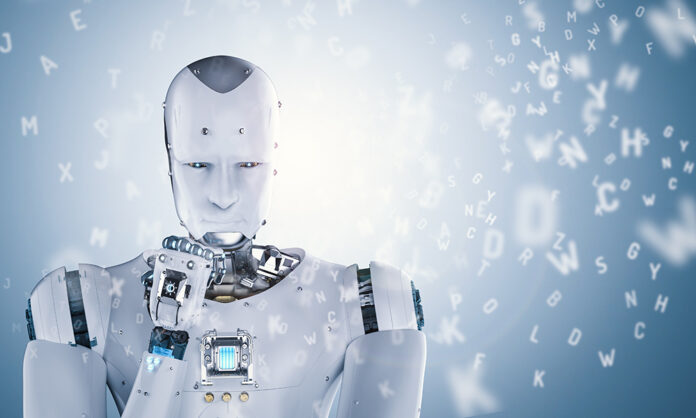

Artificial intelligence (AI) and machine learning (ML) are two terms that are often used interchangeably, but they are not the same. As AI and ML are related, but they have distinct differences. In this article, we will explore the differences between AI and ML and provide examples of how they are used in the real world.
What is Artificial Intelligence?
Artificial intelligence (AI) is the ability of a computer system to perform tasks that typically require human intelligence, such as visual perception, speech recognition, decision-making, and language translation. AI systems can be programmed to learn from data and improve their performance overtime. The goal of AI is to create machines that can think and act like humans.
What is Machine Learning?
Machine learning (ML) is a subset of AI that focuses on the ability of machines to learn from data and improve their performance without being explicitly programmed. ML algorithms can identify patterns and relationships in data and use that information to make predictions or decisions. The goal of ML is to enable machines to learn from data and improve their performance overtime.
Differences Between AI and ML
The major difference between AI and ML is that AI is a broad field that includes various approaches to creating intelligent machines, while ML is a specific subset of AI that focuses on machine learning algorithms.
Artificial Intelligence, shortly known as AI is a broad field that includes various approaches to creating intelligent machines, including rule-based systems, expert systems, and neural networks. AI systems can be designed to perform tasks in a variety of domains, such as healthcare, finance, and transportation. AI systems can also be programmed to learn from data and improve their performance over time, using machine learning algorithms.
On the other hand, ML is a specific subset of AI that focuses on the ability of machines to learn from data and improve their performance without being explicitly programmed. ML algorithms can be supervised, unsupervised, or reinforced. Supervised learning algorithms require labeled data to make predictions or decisions, while unsupervised learning algorithms do not require labeled data. Reinforcement learning algorithms use trial and error to learn from experience and improve their performance as time flows.
Examples of AI and ML in the Real World
AI and ML are used in a variety of domains to perform tasks that would be difficult or impossible for humans to do. Here are some examples of how AI and ML are used in the real world:
-
Healthcare: AI and ML are used to analyzing medical images, identify patterns in patient data, and develop personalized treatment plans.
-
Finance: AI and ML are used to detecting fraud, make investment decisions, and develop predictive models for credit risk.
-
Transportation: AI and ML are used to optimize traffic flow, develop self-driving cars, and improve logistics and supply chain management.
-
Retail: AI and ML are used to personalize customer experiences, optimize pricing and inventory management, and develop targeted marketing campaigns.
Conclusion
AI and ML are related but distinct fields. AI is a broad field that includes various approaches to creating intelligent machines, while ML is a specific subset of AI that focuses on the ability of machines to learn from data and improve their performance over the time. Both AI and ML are used in a variety of domains to perform tasks that would be difficult or impossible for humans to do. As AI and ML continue to grow, they will play an increasingly important role in shaping the future of technology and society.




















